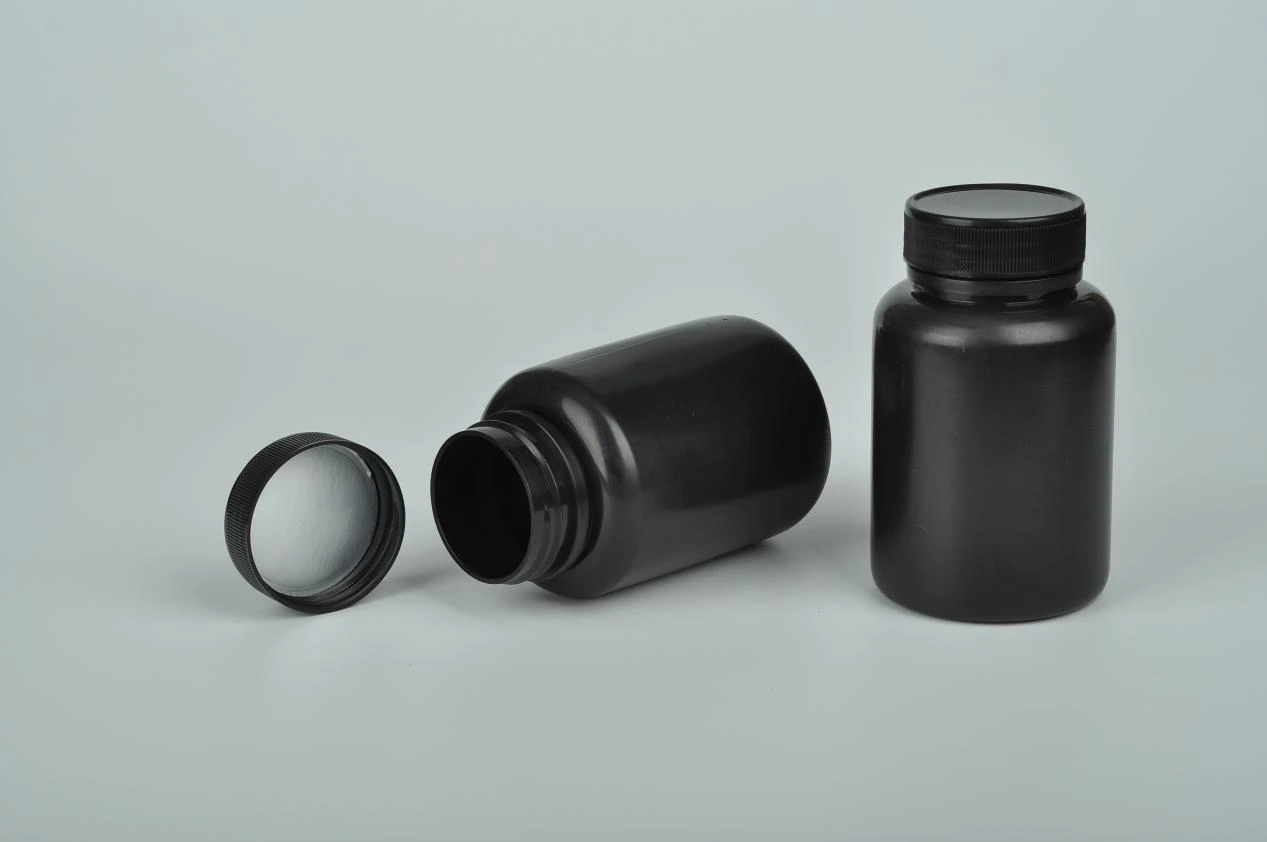
-
 Afrikaans
Afrikaans -
 Albanian
Albanian -
 Amharic
Amharic -
 Arabic
Arabic -
 Armenian
Armenian -
 Azerbaijani
Azerbaijani -
 Basque
Basque -
 Belarusian
Belarusian -
 Bengali
Bengali -
 Bosnian
Bosnian -
 Bulgarian
Bulgarian -
 Catalan
Catalan -
 Cebuano
Cebuano -
 Corsican
Corsican -
 Croatian
Croatian -
 Czech
Czech -
 Danish
Danish -
 Dutch
Dutch -
 English
English -
 Esperanto
Esperanto -
 Estonian
Estonian -
 Finnish
Finnish -
 French
French -
 Frisian
Frisian -
 Galician
Galician -
 Georgian
Georgian -
 German
German -
 Greek
Greek -
 Gujarati
Gujarati -
 Haitian Creole
Haitian Creole -
 hausa
hausa -
 hawaiian
hawaiian -
 Hebrew
Hebrew -
 Hindi
Hindi -
 Miao
Miao -
 Hungarian
Hungarian -
 Icelandic
Icelandic -
 igbo
igbo -
 Indonesian
Indonesian -
 irish
irish -
 Italian
Italian -
 Japanese
Japanese -
 Javanese
Javanese -
 Kannada
Kannada -
 kazakh
kazakh -
 Khmer
Khmer -
 Rwandese
Rwandese -
 Korean
Korean -
 Kurdish
Kurdish -
 Kyrgyz
Kyrgyz -
 Lao
Lao -
 Latin
Latin -
 Latvian
Latvian -
 Lithuanian
Lithuanian -
 Luxembourgish
Luxembourgish -
 Macedonian
Macedonian -
 Malgashi
Malgashi -
 Malay
Malay -
 Malayalam
Malayalam -
 Maltese
Maltese -
 Maori
Maori -
 Marathi
Marathi -
 Mongolian
Mongolian -
 Myanmar
Myanmar -
 Nepali
Nepali -
 Norwegian
Norwegian -
 Norwegian
Norwegian -
 Occitan
Occitan -
 Pashto
Pashto -
 Persian
Persian -
 Polish
Polish -
 Portuguese
Portuguese -
 Punjabi
Punjabi -
 Romanian
Romanian -
 Russian
Russian -
 Samoan
Samoan -
 Scottish Gaelic
Scottish Gaelic -
 Serbian
Serbian -
 Sesotho
Sesotho -
 Shona
Shona -
 Sindhi
Sindhi -
 Sinhala
Sinhala -
 Slovak
Slovak -
 Slovenian
Slovenian -
 Somali
Somali -
 Spanish
Spanish -
 Sundanese
Sundanese -
 Swahili
Swahili -
 Swedish
Swedish -
 Tagalog
Tagalog -
 Tajik
Tajik -
 Tamil
Tamil -
 Tatar
Tatar -
 Telugu
Telugu -
 Thai
Thai -
 Turkish
Turkish -
 Turkmen
Turkmen -
 Ukrainian
Ukrainian -
 Urdu
Urdu -
 Uighur
Uighur -
 Uzbek
Uzbek -
 Vietnamese
Vietnamese -
 Welsh
Welsh -
 Bantu
Bantu -
 Yiddish
Yiddish -
 Yoruba
Yoruba -
 Zulu
Zulu
standard petri dish size
The standard Petri dish is a fundamental tool in microbiology, widely used for the cultivation of microorganisms and cells in laboratories around the world. Typically composed of glass or plastic, a Petri dish features a flat, circular design with a diameter of 90 to 100 millimeters and a height of about 20 millimeters. This specific size has become a benchmark in scientific research due to its practicality and ease of use.
.
The dimensions of the Petri dish also play a critical role in providing consistent and reliable experimental results. The 90 to 100 mm diameter allows researchers to achieve a suitable volume of growth medium, balancing between nutrient availability and the rate of evaporation during incubation. It also standardizes the conditions under which experiments are conducted, enabling reproducibility across different laboratories and studies. This standardization is vital for validating research findings and comparing results from various sources.
standard petri dish size

Furthermore, the standard Petri dish size is designed to fit seamlessly with a range of laboratory equipment. It can easily be placed in incubators, ovens, and other devices used for microbial culture. The uniformity of the size ensures minimal variability when it comes to temperature and humidity control, both of which are crucial for optimal microbial growth. In addition, this standardization facilitates the use of covers, which are often employed to reduce contamination and maintain sterile conditions.
The widespread adoption of this particular Petri dish size is evident in various fields beyond microbiology. For instance, it is utilized in biochemistry, genetics, and tissue culture, showcasing its versatility. Researchers often modify the growth media or add specific nutrients to explore various biological processes, all while relying on the same standard dish to ensure consistency.
In conclusion, the standard Petri dish size, typically measured at 90 to 100 millimeters in diameter and 20 millimeters in height, is indispensable in scientific research. Its practicality in facilitating microbial growth, coupled with the ability to maintain experimental consistency, makes it a cornerstone of laboratory work. As science continues to advance, the Petri dish remains a vital resource, paving the way for new discoveries across a multitude of disciplines. Thus, understanding and utilizing the standard Petri dish size is essential for anyone engaged in microbial research or related scientific fields.
-
PTFE Centrifuge Tubes - Chemical Resistant, Leak-proof, Ideal for Laboratory UseNewsJul.05,2025
-
Premium Metal Dropper Bottle for Precise Dispensing 250ml & 1ml Options AvailableNewsJul.04,2025
-
20 ml Headspace Vials - High Quality Polyethylene & Plastic Vials for Lab UseNewsJul.04,2025
-
Small Bottle with Pipette - Precise Dispensing 100ml Pipette Bottles for Essential Oils & Lab UseNewsJun.24,2025
-
Acetic Anhydride Bottle for Accurate Dropper Measurement in Pharmacy Use High-Quality Dropper BottlesNewsJun.10,2025
-
Innovative PET Bottle Design for Juice – Unique Shapes & Customization OptionsNewsJun.10,2025






















